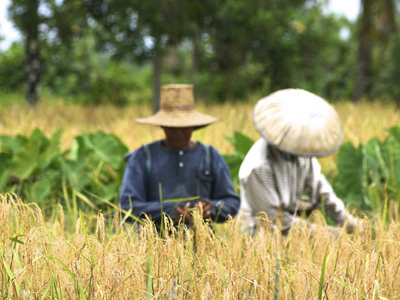Investigating El Niño-Southern Oscillation and Society Relationships
By Jim Hansen
A new publication details the history of research on El Niño-Southern Oscillation (ENSO) and how the climate phenomenon impacts society
The paper gives a historical overview of the key discoveries/breakthroughs that led to our current understanding of the El Niño-Southern Oscillation and its use for seasonal climate forecasting.
The study of ENSO is important to me, as an agricultural researcher, for two reasons. First, the phenomenon contributes to large year-to-year fluctuations in seasonal precipitation and temperature. The risk due to seasonal climate variability is an obstacle to agricultural development, and keeps many farmers locked in chronic poverty. Without effective adaptation, an increasingly variable climate could intensify the cycle of poverty, vulnerability and dependence on external assistance.

Francesco Fiondella, IRI
The second reason why I consider ENSO research to be important is that it opened the door to predicting climate conditions at a seasonal lead-time. The ability to anticipate climate conditions for the upcoming growing season can help farmers to intensify production, take advantage of improved technologies and invest in their soils when good years are predicted; and protect their farms and families when adverse climatic conditions are predicted.
ENSO-related seasonal forecasts are used in many areas, including agriculture, water resources management, and health. But among these sectors, agriculture has led the way in learning how ENSO information can be put to practical use. The study found that institutions that work at the boundary between science and society play an important role in enabling ENSO-related information and prediction to be used effectively.
In the water and health sectors, forecast information is generally used by institutions, such as ministries of health and water resources management agencies. In agriculture, the user base is more diverse and more decentralized, and includes more individual users such as agricultural extension agents and farmers themselves.
The article examines three case studies that demonstrate the importance of ongoing communication between researchers and forecast users, facilitated by ‘boundary organizations’ that bridge the gap between the two. Farmers have a history of interacting with these types of organizations, and in receiving technical information tailored to their local circumstances.
Read the full version of this post on the CGIAR Research Program on Climate Change, Agriculture and Food Security site.

You must be logged in to post a comment.